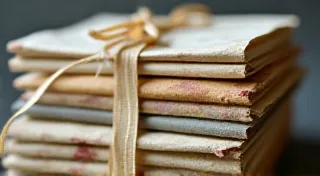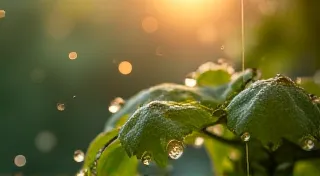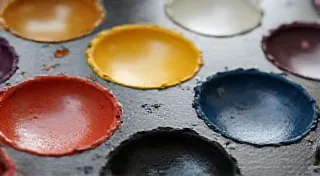The Clockmaker’s Precision: Dissecting the Intricate Mechanics of a Reed Block
There’s a quiet romance to antique accordions. They’re not just musical instruments; they’re time capsules, resonating with the lives and artistry of generations past. Holding one, feeling the weight of history in your hands, is an experience unlike any other. The intricate craftsmanship, the rich tones—they speak of a dedication to detail that seems increasingly rare in our modern world. And at the very heart of that sound, responsible for the distinctive and soulful voice of the accordion, lies the reed block—a marvel of miniature mechanics, deserving of a reverence akin to that afforded a finely crafted clock.
My own journey into accordion restoration began, not with a grand ambition, but with a simple fascination. I inherited my grandfather’s Hohner Classique, silent and forgotten in the attic. The bellows were cracked, the keys stuck, and the overall condition was… disheartening. But when I tentatively pressed a key, even with the instrument's muted voice, I felt a connection, a whisper of the music that had once filled his home. That’s when the restoration project became more than just a hobby; it became a way to honor his memory and rediscover a lost art.
The Reed Block: A Miniature World of Sound
The reed block, essentially, is where the magic happens. Within each bellows chamber, a series of precisely shaped and tuned reeds vibrate. These reeds are thin strips of brass, each acting as a tiny resonator. The reed block itself is a carefully constructed piece of wood, typically boxwood or rosewood, that houses these reeds. It’s not simply a passive container; it’s an active participant in the sound production. It directs the airflow, shapes the tone, and contributes to the overall character of the instrument.
Think of a clockmaker meticulously assembling the tiny gears and springs of a timepiece. The tolerances involved in reed block construction are similarly demanding. Each reed needs to be positioned with incredible accuracy, its free end aligned perfectly to allow for a clean and responsive vibration. The air channels within the reed block – the ‘windways’ – are miniature masterpieces in themselves, precisely shaped to direct airflow and shape the tone of each individual reed. A slight deviation, a microscopic imperfection, can result in a dead note, a warble, or a muffled tone. Understanding the nuance of this process and the potential for identifying subtle variations can be a challenging but rewarding endeavor - and sometimes, a little detective work is needed to trace an accordion's origins. The meticulous process of documenting these findings is a practice that many restorers share, a skill explored in detail in articles like The Archivist's Query: Deconstructing a Damaged Accordion’s Provenance.
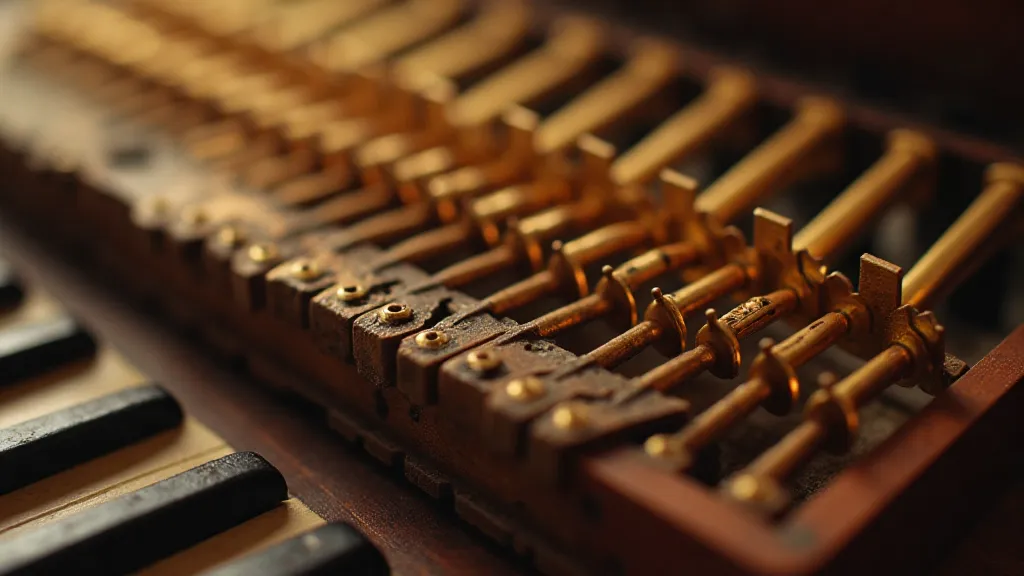
Historical Context: The Evolution of Reed Block Design
The design of the reed block has evolved considerably over the years, reflecting advances in both materials and manufacturing techniques. Early accordions, dating back to the mid-19th century, often featured reed blocks constructed from simpler designs, with less sophisticated windway shaping. The focus was primarily on functionality – producing a sound – rather than achieving the nuanced tonal qualities we appreciate today. As accordion manufacturing became more industrialized, improvements in woodworking and metalworking allowed for more complex and refined reed block designs.
The introduction of mass production in the early 20th century led to a proliferation of different reed block designs, each attempting to optimize the instrument's sound and playing characteristics. Hohner, for instance, became renowned for its distinctive treble reed blocks, characterized by their complex windway profiles. Excelsior and Guerrini also developed their own unique approaches to reed block design, resulting in a wide range of tonal colors and expressive capabilities. The unique characteristics of these regional variations, and how they’re identified and cataloged, are fascinating subjects – and one might even consult The Cartographer's Map: Identifying Regional Variations in Antique Accordion Design to gain a deeper understanding of the geographical influences on these designs.
The Restoration Process: A Delicate Operation
Restoring a damaged or deteriorated reed block is a task that demands patience, skill, and a deep understanding of its construction. Often, the wood has dried out and cracked, or the reed slots have widened, causing the reeds to rattle or buzz. Sometimes, the reeds themselves are damaged, requiring careful reshaping or replacement.
The first step is typically a thorough cleaning. Years of dust, grime, and old wax can muffle the sound and obscure the underlying problems. Gentle solvents and specialized cleaning tools are used to remove the accumulated debris, revealing the true condition of the reed block. Careful observation is key at this stage – identifying cracks, loose reeds, and worn reed slots.
Repairing cracks in the wood often involves carefully injecting a specialized wood glue and clamping the pieces together. Widened reed slots can be carefully re-shaped using small files and precision tools. Damaged reeds are often re-shaped using specialized reed adjusters, a task requiring a steady hand and a keen ear.
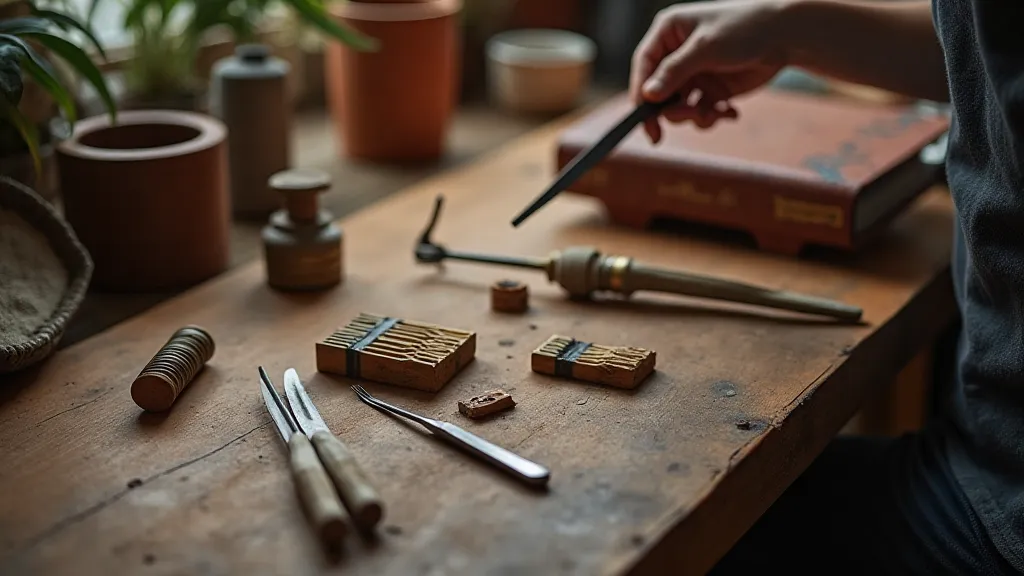
The Importance of Materials and Craftsmanship
The choice of materials is also crucial in reed block restoration. Using modern wood substitutes can compromise the tone and longevity of the instrument. Traditional materials, such as boxwood and rosewood, possess unique acoustic properties that contribute to the instrument's characteristic sound. These woods also age gracefully, developing a rich patina over time.
Beyond the technical aspects of repair, the overall condition of an accordion—the state of the bellows, the wear on the keys—can tell a silent story. Sometimes, the damage is so extensive that the narrative it conveys is one of neglect, hardship, or even abandonment. The emotional toll of these discoveries can be considerable for a restorer, and it underscores the deep connection that exists between the instrument and the lives it has touched. Reclaiming the music from such a broken vessel requires more than just mechanical skill; it calls for a kind of empathy, a willingness to listen to the echoes of the past. The delicate and often poignant nature of this work is wonderfully captured in The Silent Symphony: Unearthing Stories in Cracked Bellows.
The process of restoring an accordion is not simply a matter of replacing worn parts or correcting mechanical flaws. It's about preserving a piece of history, a testament to the ingenuity and artistry of a bygone era. The act of meticulously cleaning, repairing, and reassembling these instruments offers a unique opportunity to connect with the past, to appreciate the beauty of simplicity, and to rediscover the joy of music. Understanding and addressing the emotional component of this undertaking is as vital as mastering the technical aspects. It's about acknowledging that each accordion carries its own unique history, its own set of stories waiting to be revealed.
Often, the challenges encountered during restoration extend beyond the mechanical realm, demanding a level of creativity and resourcefulness that goes beyond the conventional. Identifying the original materials, replicating missing components, and understanding the design intent of the original manufacturer can be a complex and time-consuming endeavor. But the rewards—the satisfaction of breathing new life into a forgotten treasure, of witnessing its music once again fill a room—are immeasurable.
The pursuit of perfection is, of course, an elusive goal. But the journey itself—the countless hours spent painstakingly cleaning, repairing, and reassembling each component—is what truly defines the experience of restoring an antique accordion. It's a labor of love, a testament to the enduring power of craftsmanship, and a celebration of the timeless appeal of music.
Moreover, the work of a restorer isn’t limited to the technical aspects of repair. It's also about understanding the psychology of the instrument—its quirks, its sensitivities, its unique voice. Just as every individual possesses a distinct personality, so too does each accordion possess a unique character. A skilled restorer isn’t merely fixing a broken object; they’re nurturing a living entity.
Ultimately, the goal is to return the instrument to a state of playable condition, but also to preserve its original character and integrity. The ideal outcome is not to create a pristine, factory-fresh replica, but rather to honor its history, to embrace its imperfections, and to allow its voice to resonate with authenticity and grace. The emotional considerations inherent in this process highlight the broader implications of restoration – a chance to reconnect with the past, to appreciate the beauty of simplicity, and to rediscover the joy of music.
Listening for the Soul of the Instrument
The most valuable tool for any accordion restorer isn't a file or a scraper; it’s a trained ear. Listening intently to the instrument, noting the nuances of its tone, is essential for diagnosing problems and evaluating the success of repairs. It’s about understanding the “voice” of the instrument, recognizing the subtle imperfections that contribute to its unique character. It’s also about appreciating the emotional resonance that music carries, and the profound connection between the instrument and those who have played it throughout its lifetime.
My grandfather’s Hohner Classique, after months of painstaking restoration, now sings again. The bellows are supple, the keys responsive, and the tone remarkably clear. It’s a reminder that even the most neglected treasures can be brought back to life, their beauty and their music preserved for generations to come. It’s a testament to the enduring power of craftsmanship, and the timeless appeal of the antique accordion. The feeling of accomplishment that comes with this process is often deeply personal, a source of immense satisfaction and pride.
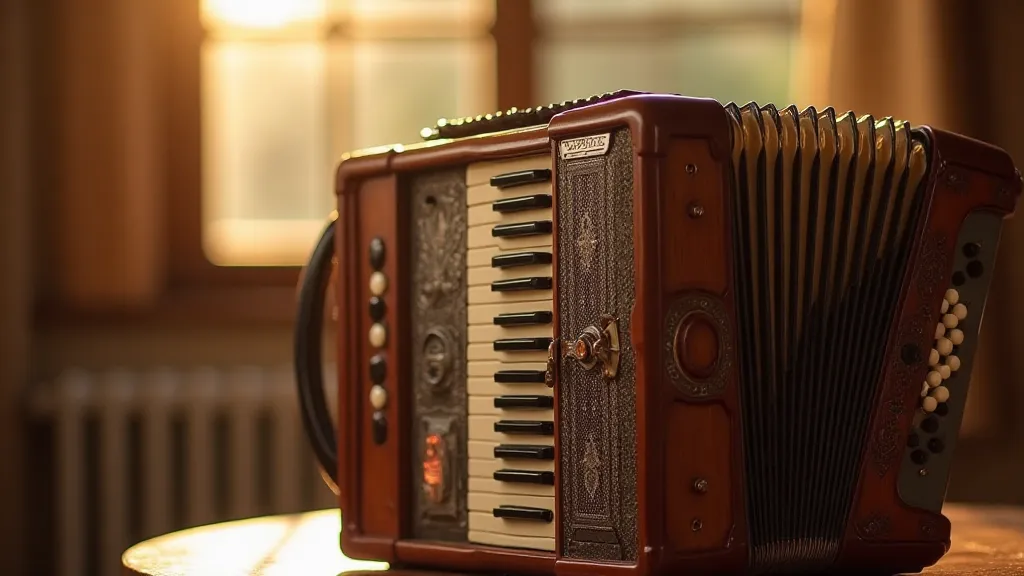
It is gratifying to know that future generations will have the opportunity to experience the joy of playing this instrument, and to hear the music that has been passed down through time. And who knows what stories will be uncovered as the accordion finds its way into new hands, and its music fills new spaces?
